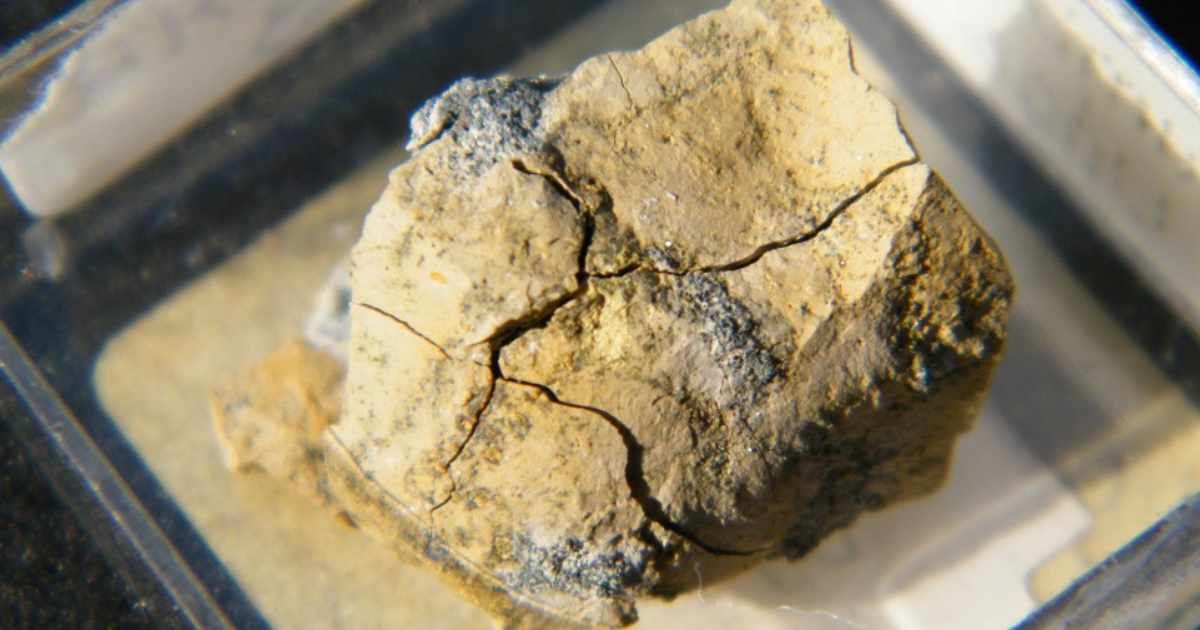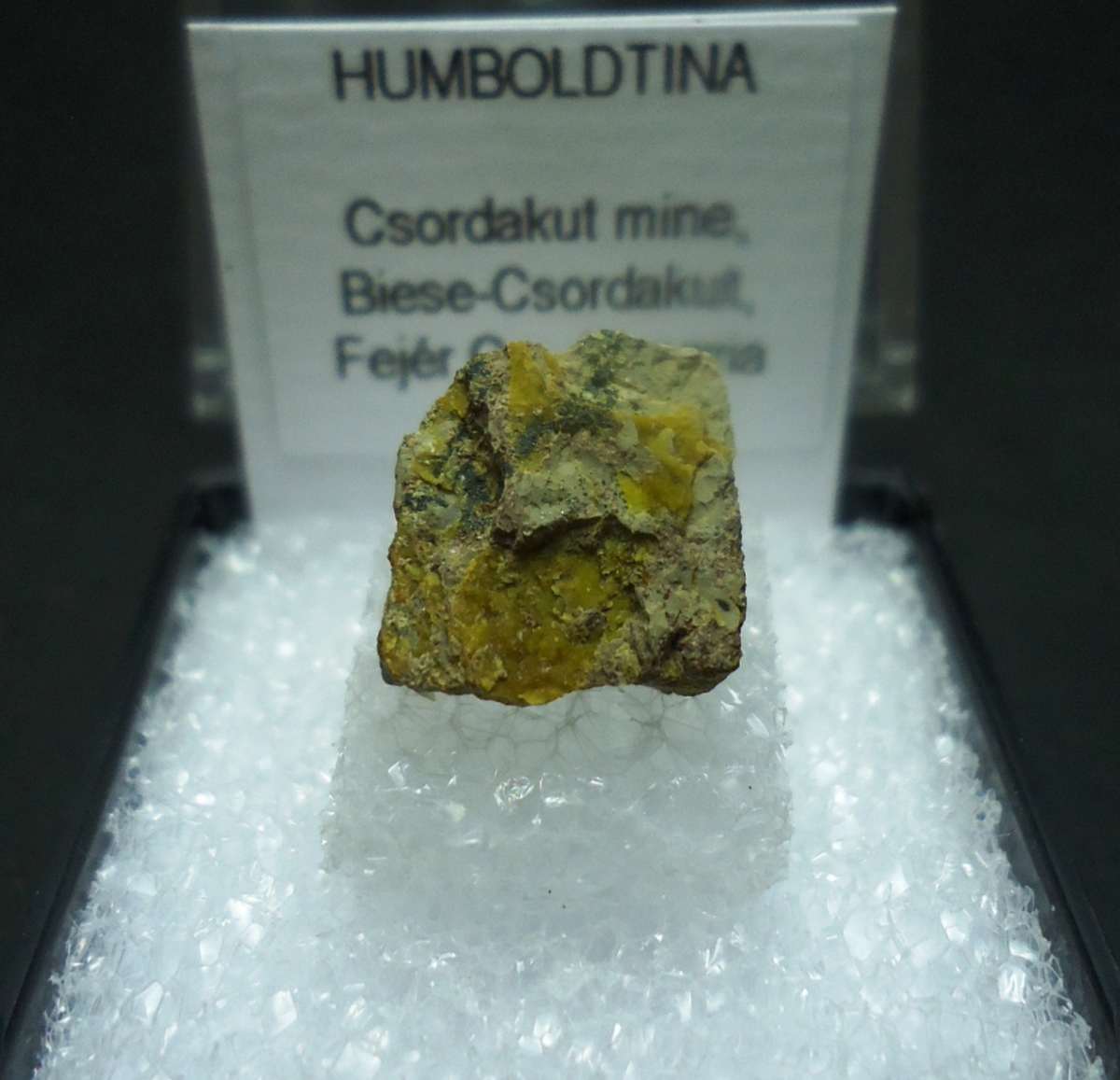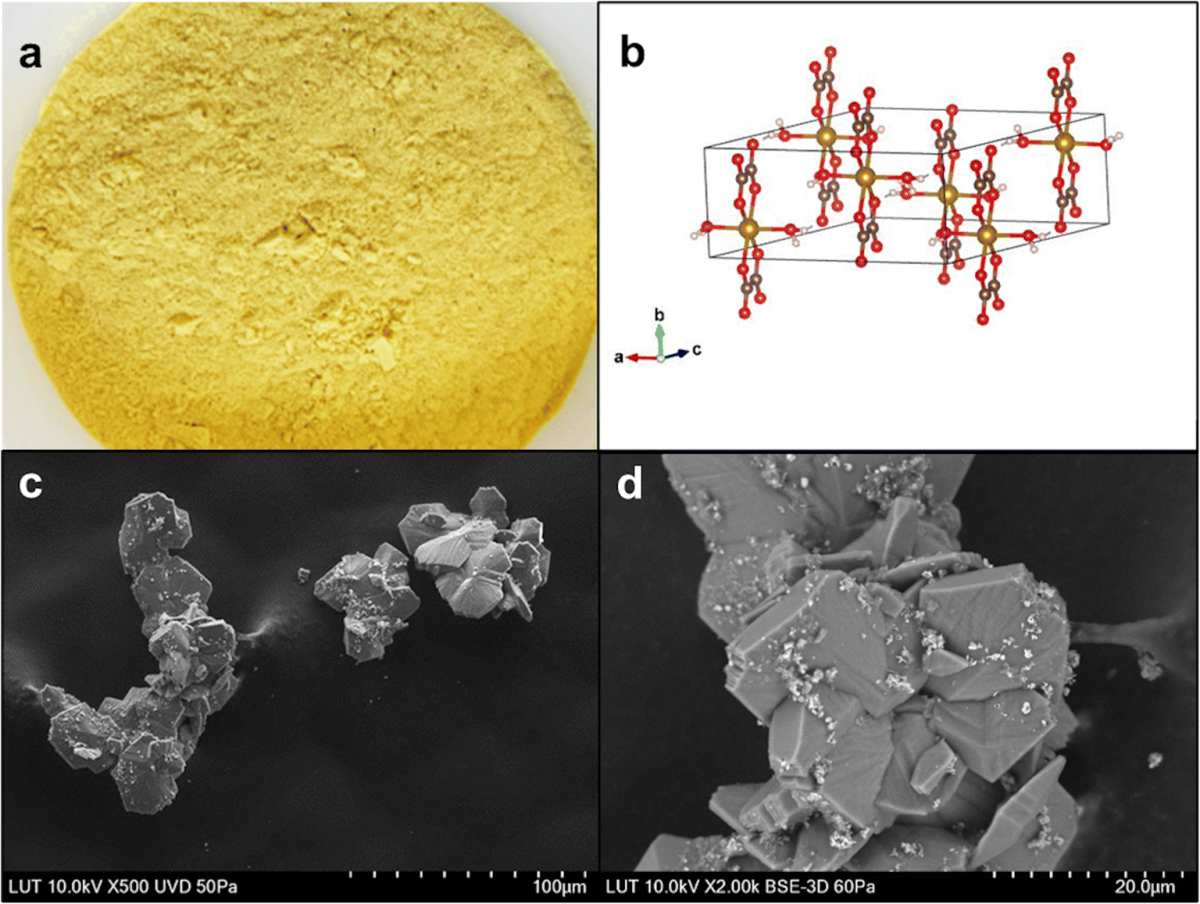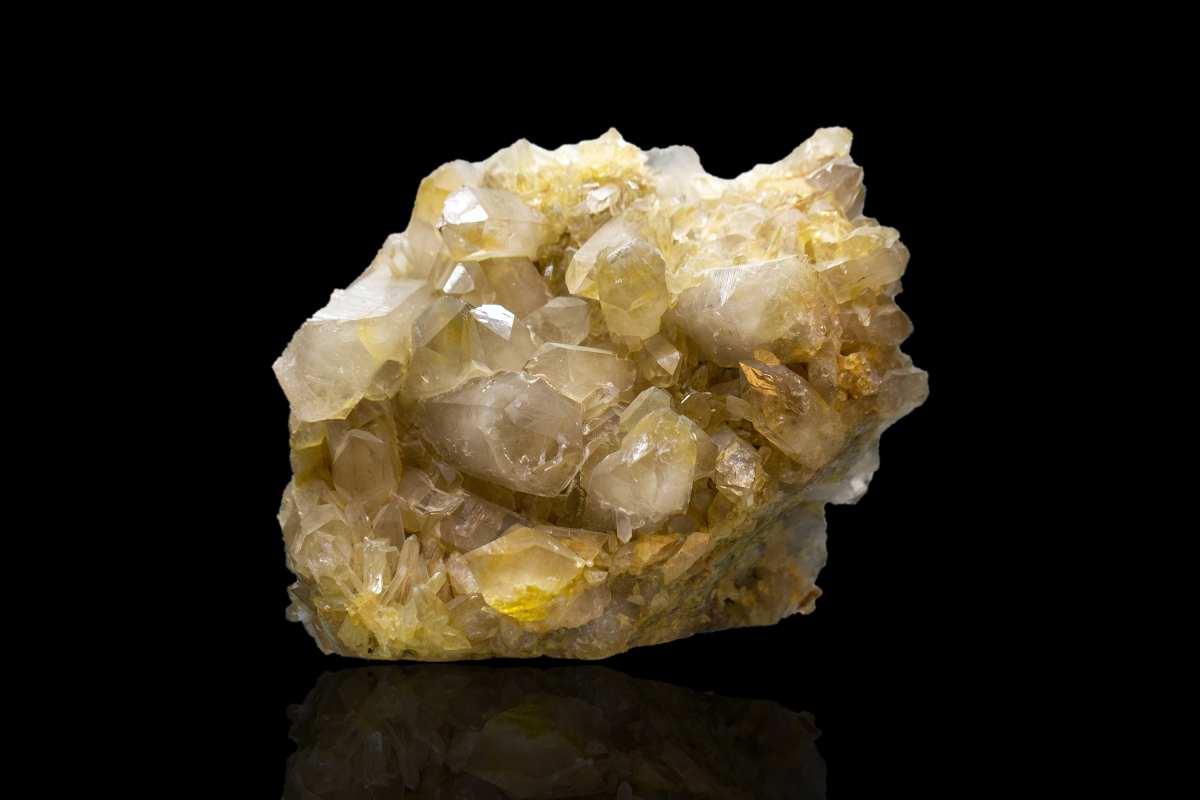Coal Miner's 1949 'Treasure Hunt' Letter Ends With the Discovery of a Rare Mineral

A letter written by a coal miner in 1949 has led experts to a 'treasure' in 2023. This 'treasure' and its discovery have been explained in the journal named Clays and Clay Minerals. This note was supposedly written by a coal mine owner and contained the address to precious "Humboldtine," an organic mineral, considered a rarity by collectors. The mineral has been documented in only 30 places across eight countries. The mineral is also considered to be unique as it has a crystal lattice composed of oxygen, carbon, and hydrogen, which binds with metals. The formula of humboldtine suggests that in this mineral, iron couples with oxalate, which results in it exhibiting soft hardness and a yellowish hue.

The Lost Letter
Officials at the Bavarian State Office for the Environment (LfU) discovered the note while conducting a digitization project in 2023, as reported by Earth. It was supposedly written in 1949 and stated, "Humboldtine from the Mathias mine near Schwandorf." The mere mention of humboldtine elated experts, who went through specimens stored in the same office's basement, possibly associated with the location mentioned in the note. The team reportedly examined around 130,000 cataloged objects in the collection. During the investigation, they came across a small box with a handwritten label indicating that the item inside was from the same location mentioned in the note. Researchers found hazelnut‑sized yellow fragments stuffed inside the box.

The letter was written by the coal miner to apparently inform the agency about the mineral's presence, according to Forbes. The agency seemingly replied to the letter, asking for more samples. No documentation about further communication exists in the Office's records. Roland Eichhorn, head of the geological department at the LfU, and his team began investigating the collection in the basement, in hopes that the coal miner or someone else had sent samples for examination, which were eventually stored. The label, carrying the name of the location on the cardboard box, also had "Oxalit" written on it, which means "organic" in German. It further fanned the team's speculation that the fragments could be humboldtine.
Precious Humboldtine
Experts claim that Humboldtine rarely forms crystals. The team further added that in its natural form, it appears as a yellow mass, which aligned with what was seen in the cardboard box. The organic mineral forms when carbon compounds and iron oxide interact with water under appropriate conditions. It was first described by Peruvian geologist Mariano Eduardo de Rivero y Ustariz in 1821 and named after German 19th-century naturalist and explorer Alexander von Humboldt. Further examination confirmed the doubts of Eichhorn and his team and deemed the six fragments inside the cardboard box to be humboldtine. For confirmation, experts conducted X-ray diffraction using silver, and also another test, which showed that the mineral contained the right mixture of carbon, oxygen, iron, and water, as per what was estimated to be present in humboldtine.

Future of the Finding
Researchers and mineral collectors were ecstatic to hear this news, but Eichhorn asked many of them to hold their horses, if they were expecting more of this mineral to be unearthed from the "Mathias" mine. Eichorn claims the pursuit is no longer possible as the mine was not only closed in 1966, but it was also flooded. Engineers and industry specialists are also on the lookout for such discoveries, as these minerals could play a prominent role in the mass development of iron‑based battery anodes. He also updated that the verified samples will soon be displayed in the agency's public gallery.
For more information, read the study 'Formation of Humboldtine During the Dissolution of Hematite in Oxalic Acid. Density Functional Theory (DFT) Calculations and Experimental Verification. Clays and Clay Minerals,' authored by Vehmaanperä P, Gong B, Sit PH-L, Salmimies R, Barbiellini B, Häkkinen A. et, all in Cambridge Core.